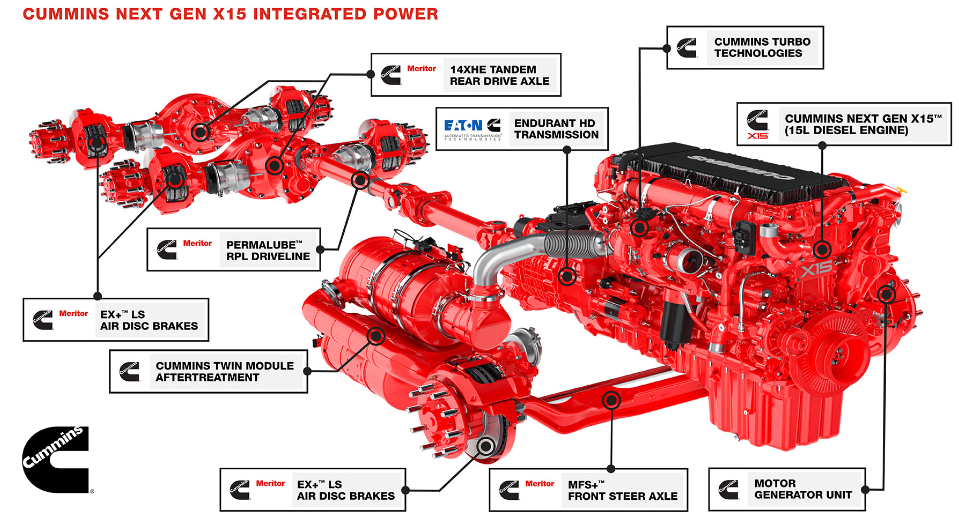
Cummins latest 15L engine capable of meeting MY2027 EPA regulations
![]()
Cummins has announced the next generation X15 diesel engine with improved performance and meeting the MY 2027 EPA/CARB Low NOx regulations.

![]()
Cummins has announced the next generation X15 diesel engine with improved performance and meeting the MY 2027 EPA/CARB Low NOx regulations.
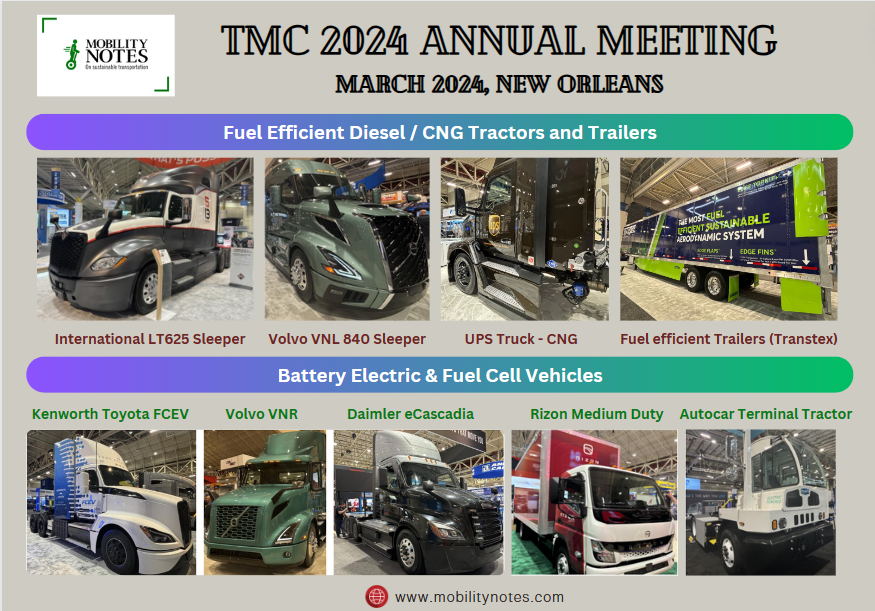
![]()
A visual summary of the TMC Annual Meeting and Transportation Technology Exhibition, held in New Orleans, March 2024.

![]()
California is looking to reduce NOx emissions from non-road engines by 90% and enforce particulate filters on all engines. Here is a summary of the latest workshop to get stakeholder feedback on Tier 5 standards.
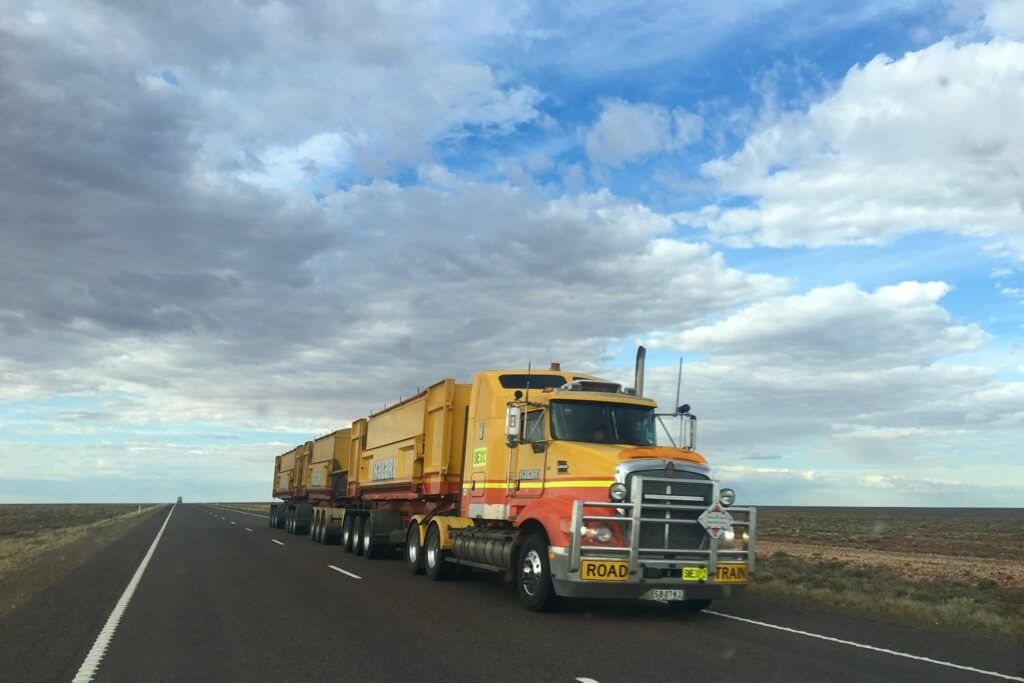
![]()
Given the lack of MY 2024 compliant new engine introductions, California has proposed an amendment to its low NOx omnibus, providing more flexibility for legacy engines.

![]()
California and Truck & Engine Manufacturers have reached a deal on low NOx and electrification targets in the state. This paves the way for more regulatory certainty but the challenges ahead are not diminished.
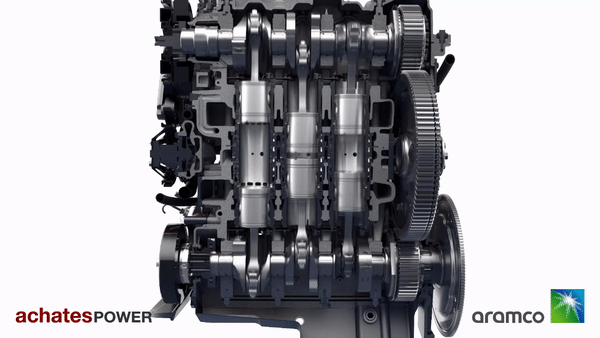
![]()
Opposed piston engines are being developed as a tool to reduce CO2 and NOx emissions from heavy-duty trucks. Here’s a deeper look into this technology and recent test results.
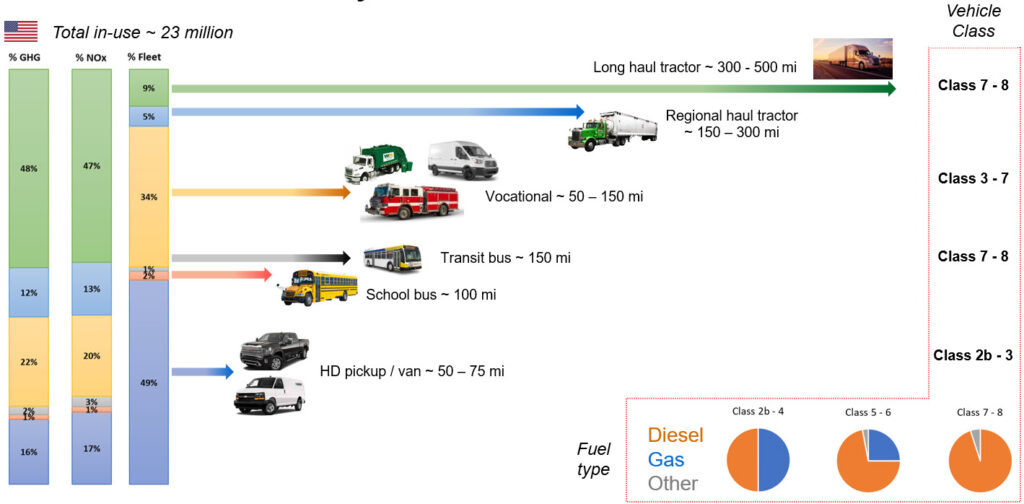
![]()
Heavy-duty vehicles cover a very wide range of applications and typical driving profiles. A one-size-fits-all approach is unlikely to work for reaching zero tailpipe emissions from this sector. Here’s a summary of the application diversity from a US viewpoint.
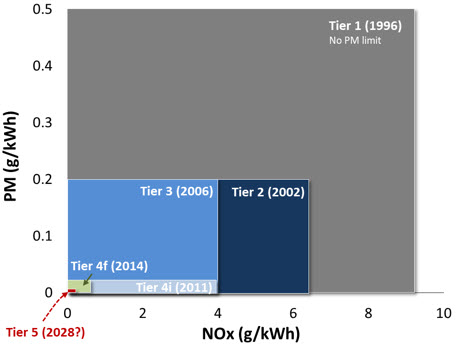
![]()
Here’s a summary of California’s latest thinking on “Tier 5” tailpipe NOx emission standards for off-road construction and farming equipment.

![]()
This is part 1 of 2 technology updates on pathways to meet the low NOx standards for heavy-duty vehicles set by California and being considered by the EPA for nationwide implementation starting model year 2027.
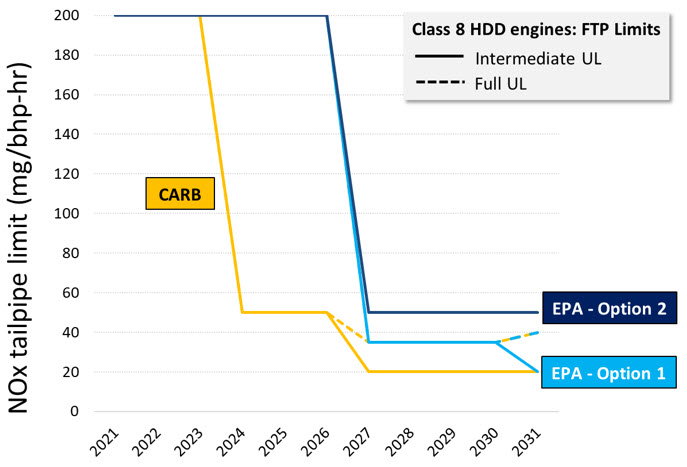
![]()
Here’s a summary of EPA’s proposed changes to tailpipe NOx and CO2 emission standards for HD trucks in the US beyond 2027.